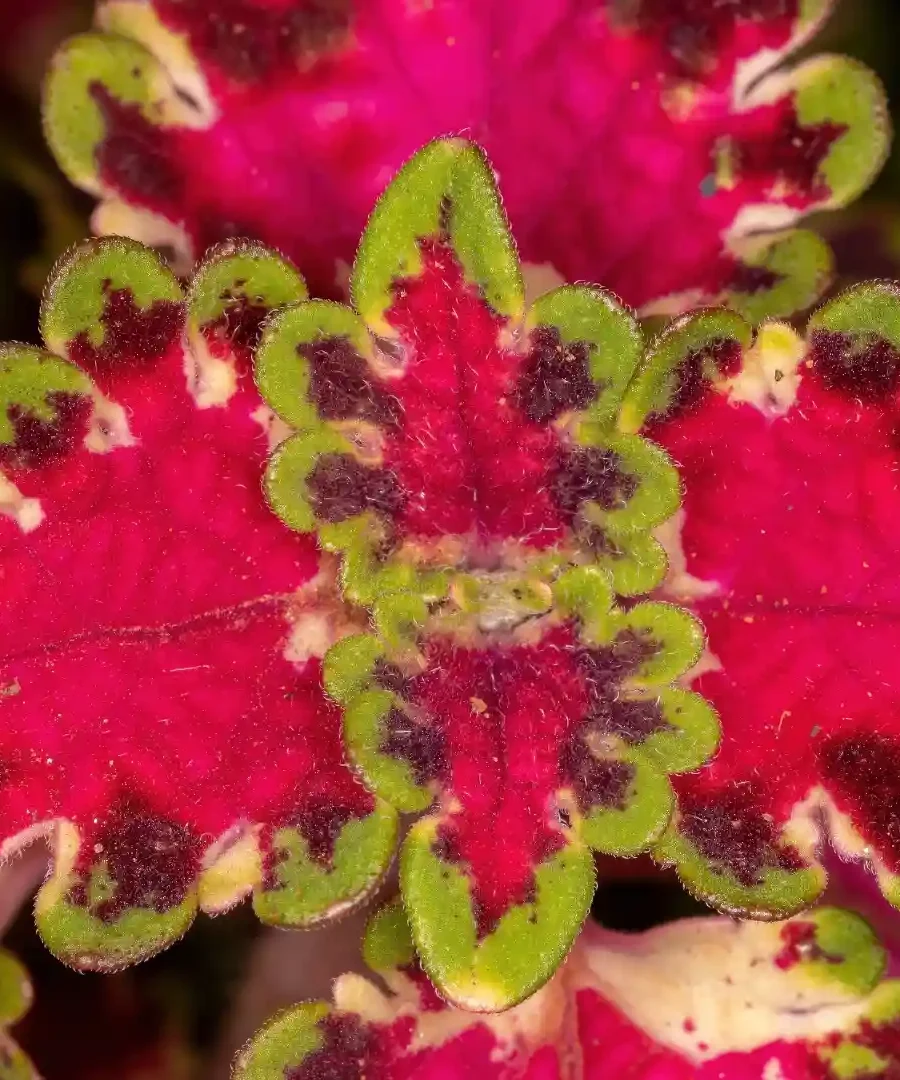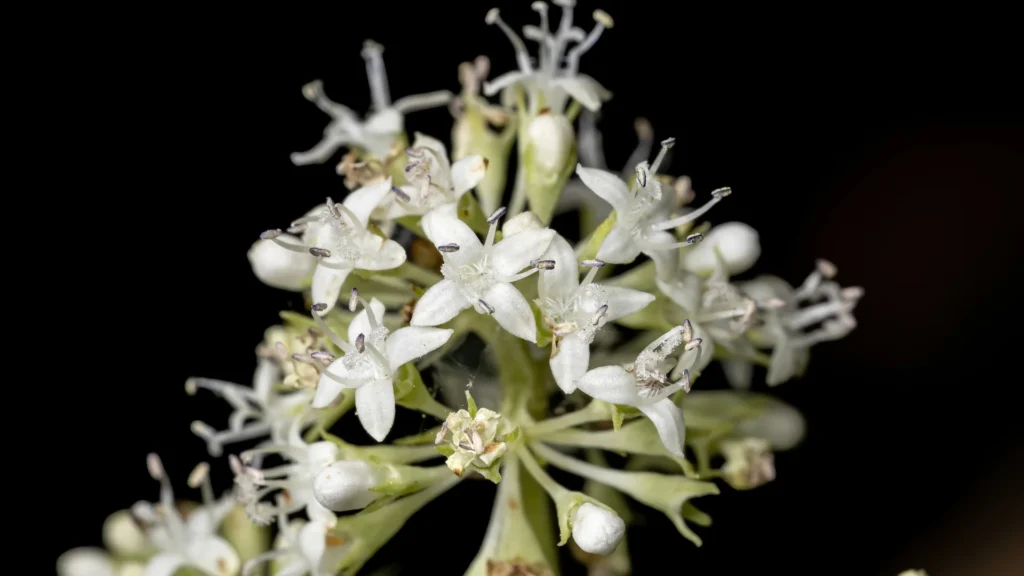Home » Dicot Plants: Professional Balcony Gardening in 2025

Dicot Plants: Professional Balcony Gardening in 2025
Why Dicot Plants Thrive
Dicot plants, why do certain balcony blooms radiate vivid colors while others fail to produce leaves? These flowering plants, distinguished by two seedling leaves known as cotyledons, emerge from seeds with unique vigor. This guide examines it characteristics, their suitability for small-space gardening, and 2025 innovations such as smart planters. Professional strategies will empower gardeners to cultivate vibrant balconies with lasting appeal.
Understanding Dicot Plants
Dicot plants, members of the angiosperm family, generate seeds encased in fruits. Their defining feature lies in two cotyledons, unlike monocots with a single leaf. For instance, sunflower seeds reveal twin cotyledons, marking their dicot classification. These initial leaves, distinct from mature foliage, dictate growth patterns.
In addition, dicots have some unique characteristics. They show netted leaf veins, have 4 or 5-part flowers, have just a deep taproot, and have stem vascular bundles in a ring. These characteristics promote compact growth and attractive aesthetic that are well-suited for balcony spaces.Distinct Characteristics
Dicot plants possess notable traits. For example, their leaves display branched, netted veins, resembling a canvas of intricate lines, as seen in basil. Additionally, flowers develop in patterns of four or five, such as roses with five petals. Moreover, a taproot, like that of carrots, anchors deeply. In addition, stems feature vascular bundles arranged in rings, akin to tree rings. Therefore, these qualities ensure dicots flourish in confined spaces, enhancing visual impact.

Advantages of Dicot Plants for Balconies
These plants offer exceptional benefits for small-space gardening, elevating balcony designs with efficiency and beauty.
Optimized for Compact Spaces
Dicot plants, such as mint, excel in deeper containers, where taproots efficiently access nutrients. Unlike monocots, which often require broader areas, dicots maintain a bushy yet contained form. A dicot hibiscus, for example, delivers elegance without overwhelming cramped corners, making it perfect for limited balconies.
Pruning Resilience
Dicot plants respond well to pruning. Trimming beans promotes branching, resulting in denser, healthier growth. Monocots, however, falter under similar cuts. This adaptability allows gardeners to shape dicots for aesthetic appeal or regular harvests, ensuring balconies remain lush and productive.
Dicot vs. Monocot Comparison
The table below contrasts dicot plants with monocots, facilitating informed plant selection.
| Feature | Dicot Plants | Monocot Plants |
|---|---|---|
| Cotyledons | Two (e.g., roses) | One (e.g., tulips) |
| Leaf Veins | Netted (e.g., basil) | Parallel (e.g., grasses) |
| Flower Parts | Four or five (e.g., marigolds) | Three or multiples (e.g., lilies) |
| Root System | Single taproot (e.g., tomatoes) | Fibrous, spreading (e.g., bamboo) |
| Stem Structure | Ringed vascular bundles (e.g., mint) | Scattered bundles (e.g., onions) |
| Examples | Sunflowers, peas, hibiscus | Palms, corn, orchids |
2025 Innovations for Dicot Plants
Dicot plants align with 2025’s advancements. For instance, smart planters, equipped with moisture sensors, optimize watering for dicots’ taproots, preventing over-saturation. Furthermore, sustainable practices favor dicots like basil grown in recycled containers. According to a 2024 horticulture survey, 61% of urban gardeners prefer dicots for their colorful displays. When it comes to seasonal arrangements, dicot roses enhance festive balcony aesthetics.
Cultivating Dicot Plants
Effective techniques ensure its success. To begin with, employ well-draining soil mixed with sand to support taproots. Additionally, prune consistently—cutting roses encourages robust growth. Moreover, apply compost sparingly, as dicots store nutrients efficiently. Meanwhile, monitor weeds, as broadleaf herbicides target dicots; verify netted veins to safeguard plants. As a safer option, natural neem spray offers a safe alternative.
Summary
Dicot plants enhance balconies with vibrant hues and manageable growth. Inspect plants for netted veins, then combine dicots with monocots for dynamic contrast.
FAQs
1. What Defines a Dicot?
A dicot, or dicotyledon, is a flowering plant with two cotyledons, netted leaf veins, flowers in four or five parts, and a single taproot, distinct from monocots.
2. How Do You Identify it?
Examine plants for two cotyledons, netted veins, four- or five-part flowers, and a taproot. Roses, with branched veins, exemplify dicots.
3. What Are 10 Examples of Dicots?
- Roses
- Beans
- Basil
- Tomatoes
- Sunflowers
- Marigolds
- Hibiscus
- Carrots
- Mint
- Peas
Trending Posts
How to Grow Mistletoe: A Guide to Festive Gardening, Closed-Loop Gardening, Backyard Landscaping Ideas, Terrace Design, Bedroom Wall Decor, Calathea, Balcony Design Ideas, Lilac Bush, Kitchen Wall Décor, Boxwood Shrubs, Bathroom Ideas, Luxury Gardening Gifts, Living Room Wall Decor, What Is the Most Popular Kitchen Style Now, Minimalist Home Office Ideas, How to Make Vermicompost at Home, What Shape Table is Best for a Small Kitchen?, What to Give to Someone Who Loves Gardening, Minimalist Living Room Ideas, Zebra Plant, Landscaping Ideas, Majesty Palms, Pampas Grass, Craftsman Lawn Mower, Lovesac Sectional, Gardening Gifts,
Ryobi Lawn Mower,
Landscaping Rocks,
Large Indoor Plants,
Guest Bedroom Ideas,
Leather Sectional,
Outdoor Plant Stand Ideas,
Hydroponics Farming,
Minimalist Home Decor Ideas,
Outdoor Plant Stand,
Aquaponics Farming,
Alternative Home Decor Ideas – Think Laterally,
Summer Plants,
DIY Vertical Garden,
The Benefits of Closed-Loop Gardening,
DIY Gardening,
Sustainable Materials,
Garden Hoe,
Gardening as Therapy,
Permaculture,
Muhly Grass Care,
Wheelbarrow,
DIY Garden Ideas,
DIY Greenhouse,
Cheap DIY Garden Path Ideas,
DIY Garden Fence,
Snowball Bush,
Sustainable Design,
Sustainability and Home Decor



Pingback: Indoor Plants Care
Pingback: Fertilizer Spreader: Make Your Garden Life Easy - ytvblog.com